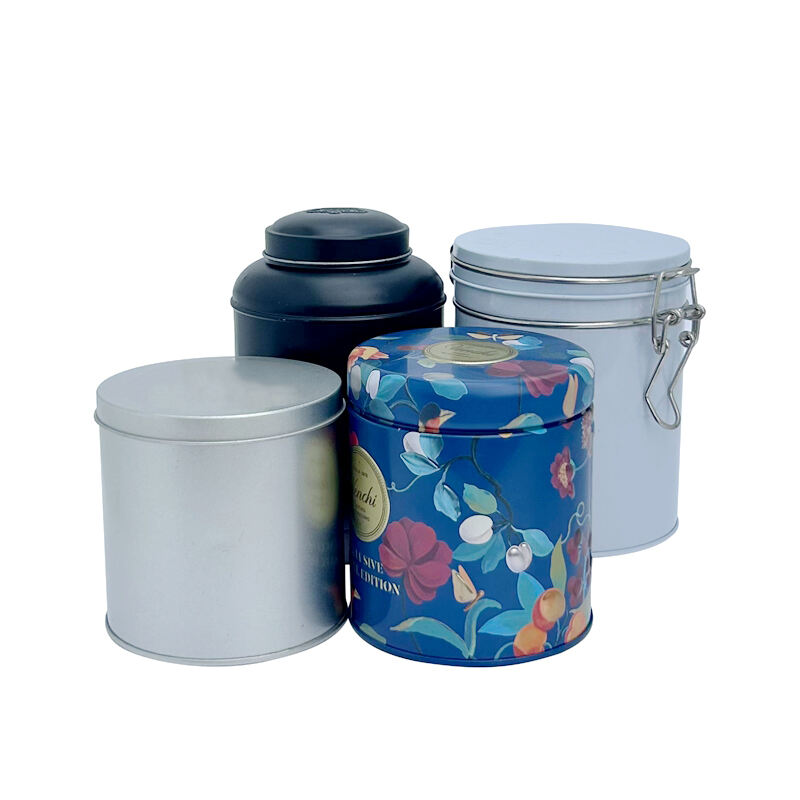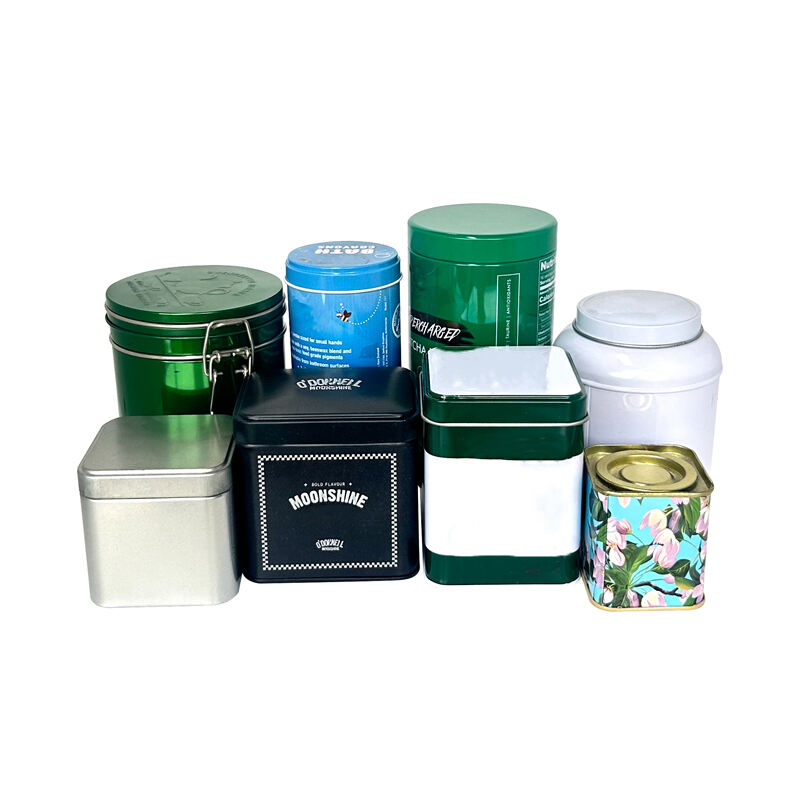Transform Your Household Waste into Beautiful Home Decor
In a world increasingly focused on sustainability, finding creative ways to repurpose everyday items has become more important than ever. Among the most versatile materials hiding in your recycling bin, the humble tin can stands out as a treasure trove of possibilities. From your morning coffee to last night's canned vegetables, these cylindrical containers offer endless opportunities for creative transformation. Let's explore how these ordinary items can become extraordinary pieces of home decor, practical storage solutions, and even garden accessories.
Artistic Home Decor Projects
Elegant Luminaries and Candle Holders
One of the most enchanting ways to repurpose a tin can is by transforming it into a beautiful luminary. Start by cleaning the can thoroughly and removing any paper labels. Using a hammer and nail, create intricate patterns by punching holes in the can's surface. These designs can range from simple geometric shapes to complex celestial patterns. When lit from within by a tea light, these tin can luminaries cast mesmerizing shadows on your walls, creating a magical atmosphere perfect for outdoor gatherings or cozy indoor spaces.
For a more sophisticated approach, consider painting your tin can lanterns with metallic colors or using weathered finishing techniques. The cylindrical shape of the can naturally lends itself to creating beautiful light patterns, and the metal surface reflects candlelight in a way that glass or plastic containers simply cannot match.
Decorative Vases and Planters
Transform ordinary tin cans into stunning vases and planters that rival store-bought alternatives. Begin by selecting cans of various sizes to create an eclectic collection. Paint them with weather-resistant outdoor paint in coordinating colors, or wrap them in twine, rope, or decorative fabric for a more textured appearance. These upcycled containers work beautifully for both fresh-cut flowers and small indoor plants.
To enhance their durability as planters, drill drainage holes in the bottom and consider adding a layer of gravel before the potting soil. The metal construction of tin cans makes them particularly suitable for herbs and small succulents, as they provide excellent protection for delicate root systems while maintaining proper moisture levels.

Practical Storage Solutions
Kitchen Organization Systems
The kitchen is perhaps the most natural place to repurpose tin cans, given their food-safe nature and sturdy construction. Create an organized utensil holder by grouping several painted cans together on a rotating base. This setup provides convenient access to cooking tools while adding a pop of color to your counter space. For a cohesive look, paint your tin can organizers to match your kitchen's color scheme or opt for a rustic finish that complements farmhouse-style decor.
Another practical application is using tin cans as storage for dry goods like pasta, rice, or beans. After thoroughly cleaning and drying the cans, add rubber gaskets around the top edges to create an airtight seal with decorative lids. Label them clearly and arrange them on open shelving for both functionality and visual appeal.
Craft Room Organization
In the craft room, tin cans become invaluable organizers for everything from paintbrushes to scissors. Create a wall-mounted organization system by attaching painted cans horizontally to a wooden board. This not only saves desk space but also keeps supplies visible and easily accessible. For smaller items like buttons or beads, use shorter tin cans from tuna or cat food to create compact storage solutions that stack efficiently.
Consider grouping tin cans of various sizes together to create a modular storage system. Use larger cans for items like yarn or fabric scraps, and smaller ones for crafting tools and accessories. The durability of tin cans makes them perfect for holding heavier items without bending or breaking.
Garden and Outdoor Projects
Vertical Garden Systems
Create an impressive vertical garden using tin cans as planters. Mount them on a wooden pallet or directly onto a fence or wall, ensuring proper drainage and stability. This space-saving solution is perfect for growing herbs, small vegetables, or cascading flowers. The metal construction of tin cans helps regulate soil temperature and prevents rapid moisture loss, making them excellent containers for outdoor plants.
For a more elaborate setup, consider creating a tin can garden wall with an integrated irrigation system. Connect the cans with small drainage tubes to allow excess water to flow from upper containers to lower ones, maximizing water efficiency while creating a stunning living wall effect.
Bird Feeders and Wildlife Stations
Transform tin cans into charming bird feeders by adding a small perch and protective cover. Paint them with outdoor-grade paint to prevent rusting and ensure longevity. These feeders can be hung from trees or mounted on posts, providing local wildlife with a reliable food source while adding visual interest to your garden.
Consider creating different types of wildlife stations using tin cans of various sizes. Larger cans can become rain collectors for birds, while smaller ones might serve as insect hotels or butterfly feeding stations. The versatility of tin cans makes them perfect for supporting biodiversity in your outdoor space.
Kid-Friendly Craft Projects
Musical Instruments
Engage children in creative play by helping them make musical instruments from tin cans. Create simple drums by stretching balloon material over the open end of a can, or make maracas by filling sealed cans with different materials like dried beans or rice. These projects not only recycle materials but also introduce children to basic musical concepts and sound exploration.
For more advanced projects, help kids create a tin can band by making multiple instruments with different tonal qualities. They can experiment with various filling materials and can sizes to create unique sounds, learning about music and recycling simultaneously.
Educational Learning Tools
Turn tin cans into educational tools by creating sorting games, counting activities, or even simple robots. Paint cans with numbers or letters for early learning exercises, or use them as building blocks for engineering projects. The durability of tin cans makes them perfect for repeated use in educational activities.
Develop fine motor skills by having children thread string through holes punched in the cans, or create pattern matching games using differently decorated containers. These activities combine learning with creativity while teaching valuable lessons about sustainability.
Frequently Asked Questions
How do I properly clean tin cans for upcycling projects?
To prepare tin cans for crafting, first remove all labels and adhesive residue using warm soapy water or oil-based solutions. Thoroughly wash the inside with hot water and dish soap, paying special attention to removing any food residue. For cans that contained acidic foods, a baking soda paste can help neutralize any remaining acids. Always dry the cans completely before starting your project to prevent rusting.
What types of paint work best on tin cans?
For best results, use primers specifically designed for metal surfaces before applying your chosen paint. Spray paints formulated for metal provide excellent coverage and durability. For outdoor projects, choose weather-resistant or exterior-grade paints. Acrylic paints can work well for indoor projects when sealed with a clear protective coating.
Are there any safety concerns when upcycling tin cans?
Always check for sharp edges and sand them smooth before starting your project. When creating holes for drainage or decoration, wear protective gloves and eye gear. If using tin cans for food storage or plant growing, ensure they didn't previously contain toxic materials and are thoroughly cleaned. For children's projects, adult supervision is essential, particularly when handling tools or sharp edges.

 EN
EN
 AR
AR BG
BG HR
HR CS
CS DA
DA NL
NL FI
FI FR
FR DE
DE EL
EL IT
IT JA
JA KO
KO NO
NO PL
PL PT
PT RO
RO RU
RU ES
ES SV
SV CA
CA IW
IW ID
ID LV
LV LT
LT SR
SR SK
SK SL
SL UK
UK VI
VI SQ
SQ HU
HU TR
TR FA
FA MS
MS GA
GA CY
CY LA
LA